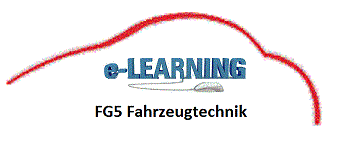CAN classes
Today's motor vehicles already network together a large number of control units. Some of these control units are used for applications which have special requirements. Therefore several CAN bus systems are installed in automobiles. These are mostly differentiated by their transmission speed and are therefore divided into the following three classes:
| Class | Transmission speed | Application | Remarks | CAN A | < 10 kBit / s | Diagnostics (conventional) | Every automobile with a CAN bus has a connection available for a diagnostic system. Such systems, for example, read the error memory and enable an actuator diagnosis. The data transmission speed is not important here, since the data is only occasionally read in the workshop for service and diagnostic purposes. This diagnostic connection (also called K-line and L-line) must be robust and error tolerant. Diagnostics will be carried out in the future directly on the actual bus line (see CAN C). |
| CAN B | < 125 kBit / s | Comfort, display, body | Control units for lighting, air conditioning, locking and instrument panels, for example, communicate using this CAN bus. Here the transmission of more important data at a higher speed is important. The bus must nevertheless be fail-proof and robust. Therefore in an automobile it normally works according to the error tolerant standard ISO 11989-3. |
| CAN C | < 1 MBit / s | Engine, transmission, diagnostics (bus) | Control units for engine management, transmissions, ESP, ASR and ABS are connected to this bus, for example. The bus must have real-time capability, i.e. the data transmission must only have extremely short delays (practically immeasurable) through the bus. In the newest technology a real-time diagnostic using a proprietary diagnostic bus is also possible. This bus must be fast since large amounts of data must be transmitted in a short time. The ISO standard 11898-2 is mainly used in automobiles. |






